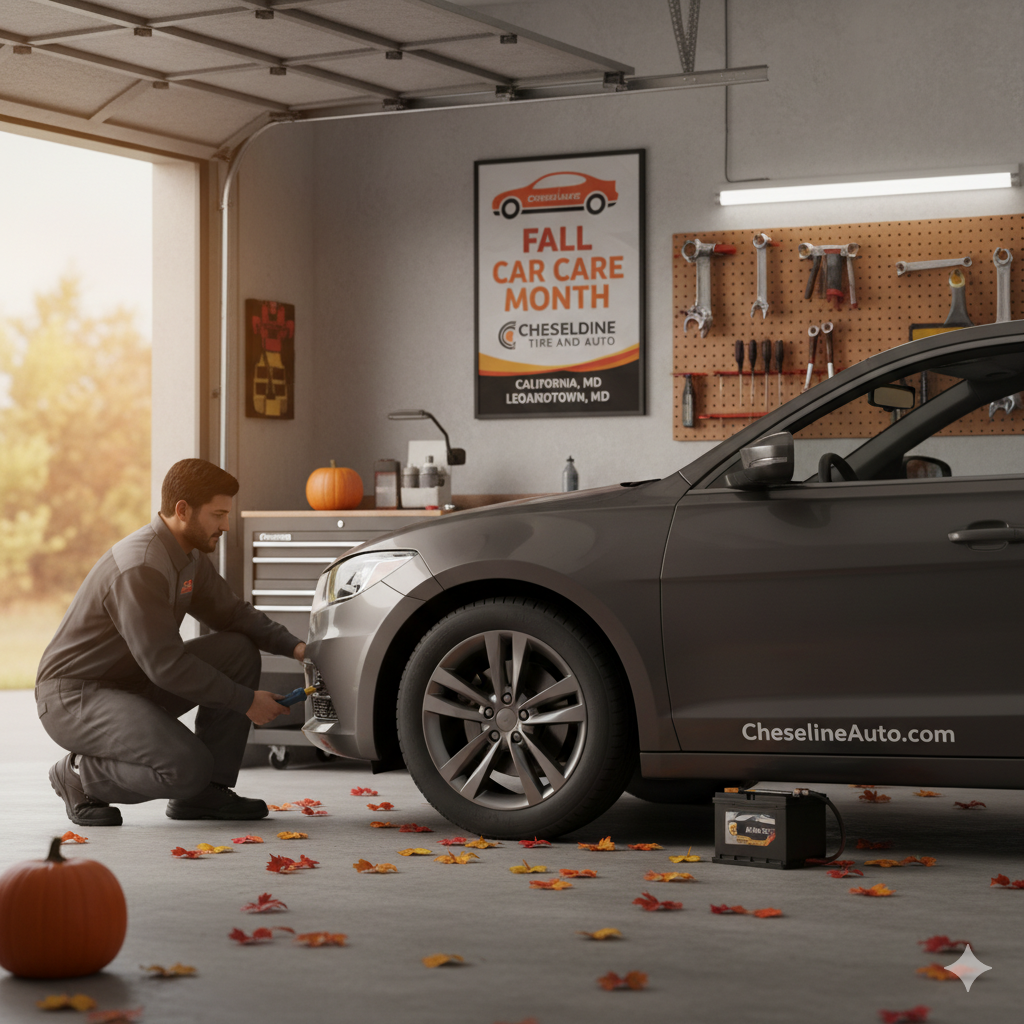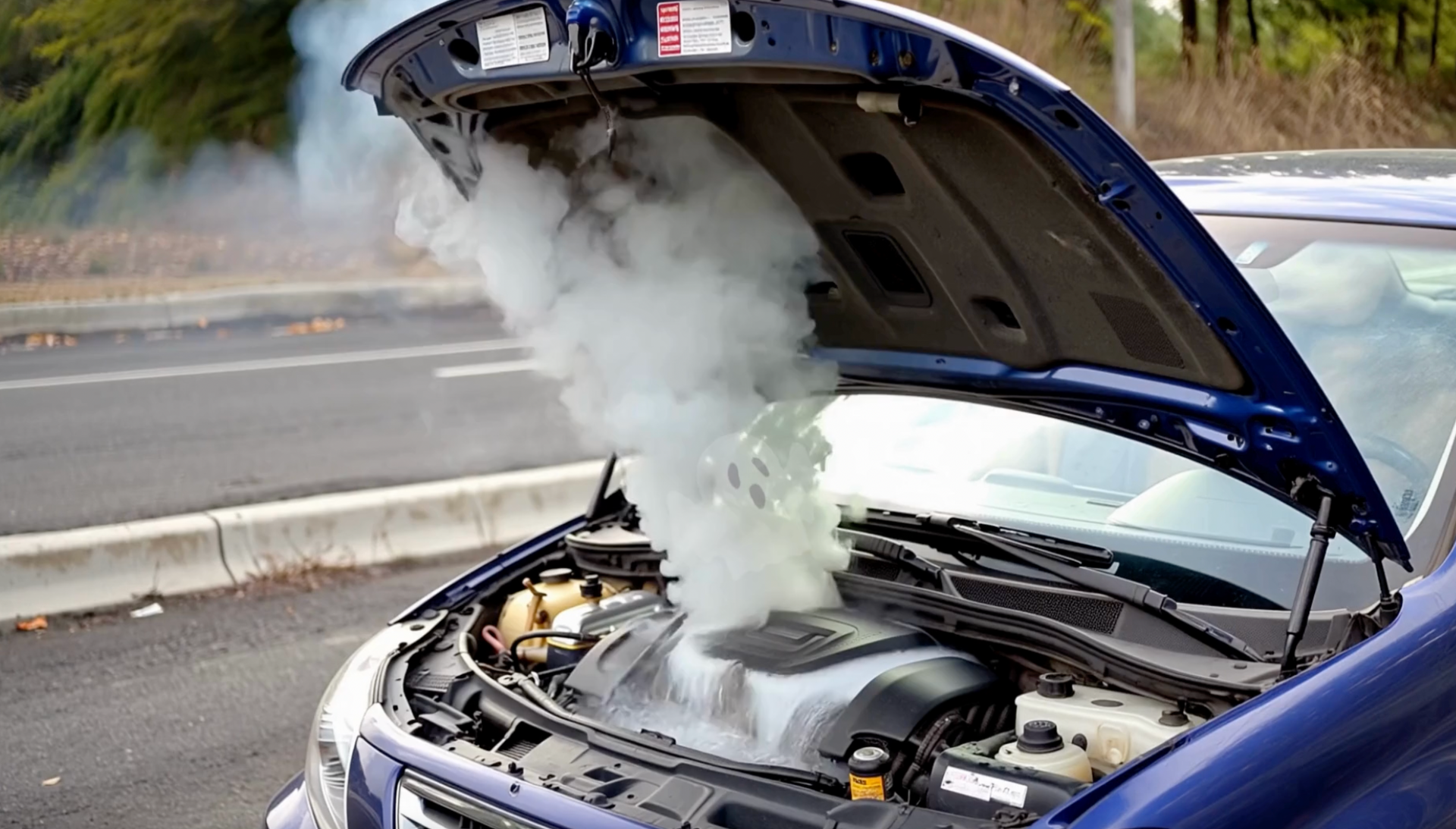Tires on Southern MD wet road.
Weather plays a role in driver safety regardless of what time of year it may be. From wind and rain to snow and ice, travelers routinely navigate roads when conditions are far from ideal.
Wet roadways are a common occurrence in Southern Maryland.
The automotive resource AAA advises that wet pavement contributes to nearly 1.2 million traffic accidents each year. Many crashes occur when drivers do not recognize the need to change their driving habits in wet conditions. Mastering driving techniques on slick, water-logged roads can help motorists avoid accidents and injuries.
See and be seen
Before they even get behind the wheel, drivers should inspect all headlights and taillights to ensure they are in working order. Replace any bulbs that have burned out, and clean cloudy lens covers.
Drivers need to see roadways clearly, so they should make sure their windshields are free of streaks, debris and water. Periodically replacing windshield wiper blades can ensure they’re working optimally when drivers need them most.
Slow down and give other motorists space
Slowing down and stopping can take extra time when roads are wet. AAA notes that, with as little as 1/12-inch of water on the road, tires have to displace a gallon of water a second to keep the rubber in contact with the street. Driving slowly can make it much easier for vehicles to stop. Plus, driving slowly enables drivers to see obstacles or pedestrians more easily, especially in heavy rains.
Exercise caution with puddles and running water
It may be difficult to gauge the depth and ferocity of water flowing in a roadway. Quickly moving water can cause a vehicle to hydroplane or even move a large vehicle. A deep puddle also can affect drivers’ ability to steer or cause vehicles to stall. Take another route rather than risk driving through large puddles or areas where water is flowing on roadways.
Skidding
Do not slam on the brakes if a car begins to skid or hydroplane, advise experts. Instead, ease up slowly from the accelerator and then steer the vehicle into the skid or straight. Then accelerate smoothly once more. Sudden, jerky movements when a car begins to skid can exacerbate the situation.
Maintain tires
Tire treads should be checked at the start of a new season to ensure the rubber will be able to grip the road. Rotate tires according to the manufacturer’s requirements, or every 5,000 miles. Properly inflated tires will improve traction as well.
Wet weather can make driving challenging. Driving slowly and modifying other habits when roads are wet can make for safe road trips.
This article is brought to you by Cheseldine Tire and Auto.
CATEGORIES : BRAKE REPAIR











